How to start producing music on a budget
- Oops!Something went wrong.Please try again later.
Advertiser Disclosure: At Slickdeals, we work hard to find the best deals. Some products in our articles are from partners who may provide us with compensation, but this doesn’t change our opinions.
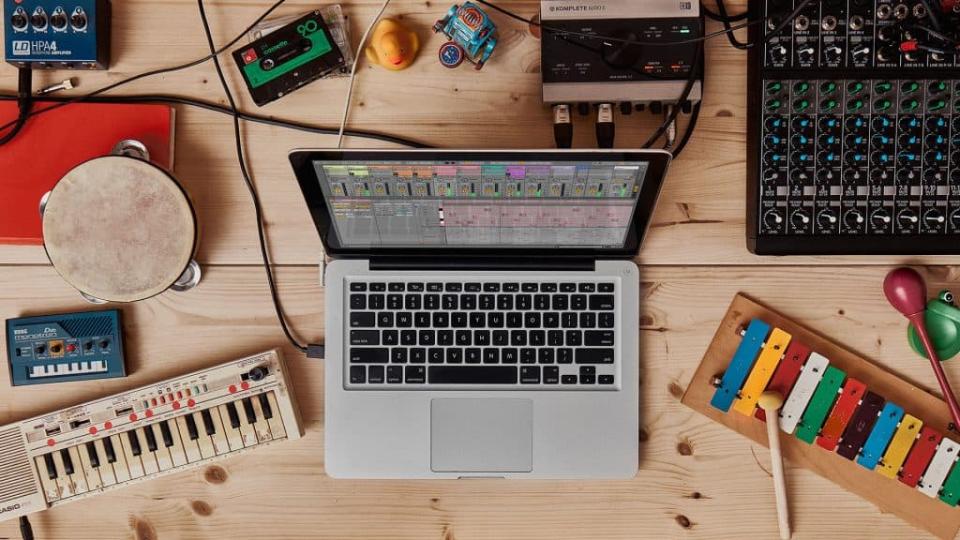
So far, the one thing you know for sure is that you have music inside of you that needs to be expressed. No matter how excited you are, you don’t want to run off, spend a ton of money and get lost inside of an expensive and confusing program. A deal-conscious producer is patient, well-researched and attuned to the needs and limitations of their space and budget. Before you start shopping, ask yourself a few key questions:
What kind of music are you trying to make? This consideration will help you decide which studio components are necessary and which ones can wait a while.
What is your experience level? It’s tempting to drop hundreds of dollars on state-of-the-art gear when you’re just starting out, but you’re wasting money if you don’t know how to use the tool to its full potential. Conversely, an experienced synth connoisseur will probably feel limited by a tiny two-channel interface.
What space are you working in? You won’t get an accurate reproduction of your music if you’re listening to your mix out loud in a room with poor acoustics. The answer to this question will determine if you should start out with headphones or monitors. Alternatively, maybe you could treat the space with acoustic panels before buying anything else.
How much are you planning on spending? This might change over time, but it’s worth thinking about every time you add a new device to your home studio collection. Setting a hard limit on your shopping budget might mean waiting longer to get what you’re looking for, but money saved is money earned towards new gadgets.
Buying Home Studio Essentials
There’s no all-purpose home studio setup built to accommodate every musician’s creative style, but producing is much easier when you have these standard studio components.
1. Computer
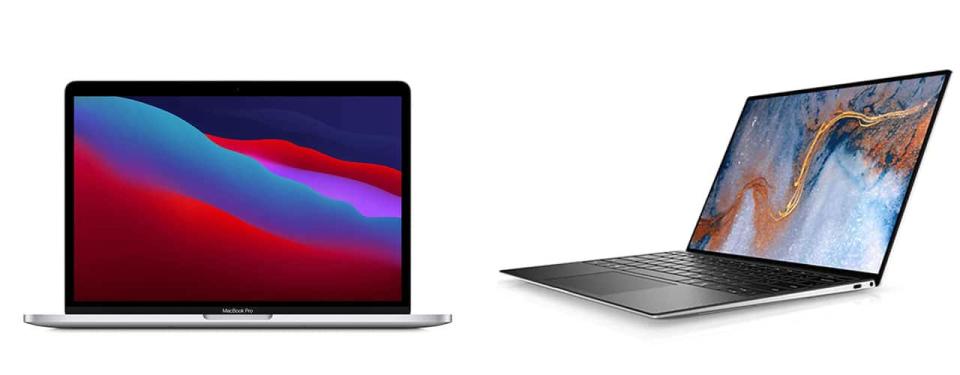
Before you worry about purchasing anything else, the one thing you absolutely need to have is a computer (or a tablet capable of running music production software). You can run production software and connect devices to any computer, but digital audio workstations are notoriously demanding programs that require a lot of processing power. If you plan on plugging in tons of devices and going wild with CPU-hungry plugins, it’s worth investing in a machine with high specs and speedy processors.
If you are a Windows user, you can’t go wrong with one of our favorite laptops — the Dell XPS 13. Straight out of the box, this gorgeous powerhouse of a machine provides ample processing power for music production, allowing you to slap ten reverb plugins on your project without a second thought.
Dell XPS 13 OLED — Sale Price: $1,019.99 | Reg. Price: $1,069.99
Windows has given Apple a run for its money in recent years, but Apple computers were long considered the industry standard for digital music production. The 2020 model MacBook Pro showcases the M1 chip, Apple’s exciting new creation that rolls CPU, GPU and memory into one power-saving chip.
Apple MacBook Pro M1 13 — Sale Price: $1,199 | Reg. Price: $1,299
2. Digital Audio Workstation (DAW)
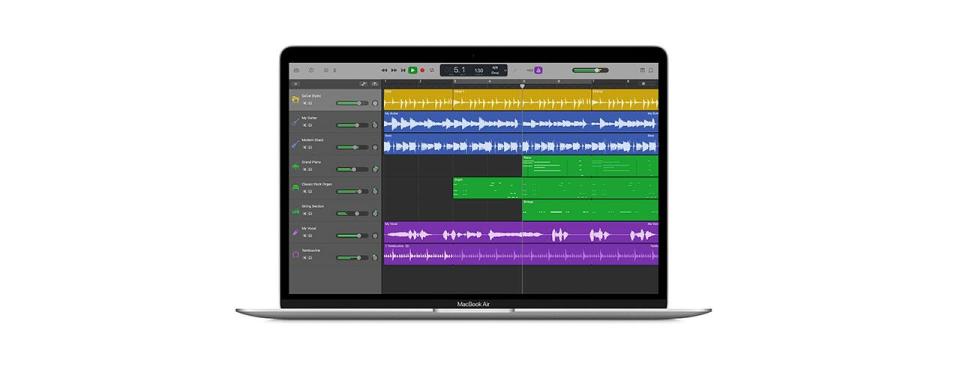
Before you worry about fancy equipment and plug-ins, the first thing you need is a digital audio workstation — the place where you’ll record, arrange and mix your musical creations. While some DAWs have more built-in features and instruments than others, don’t underestimate the creative potential of a free DAW like GarageBand or Audacity.
That said, there’s a reason why most professional producers and studios use paid DAWs such as Ableton Live, Logic Pro, Pro Tools, FL Studio and Cubase.
Not sure which DAW is right for you? You don’t need to shell out hundreds of dollars sight unseen — most of the aforementioned premium DAWs offer free trials. Some free trials like Ableton and Logic Pro offer all of the same features as the paid version of the program (but impose a strict 90-day time limit), while other DAWs such as FL Studio and Pro Tools provide unlimited access to a pared-down trial version.
3. Headphones and Studio Monitors
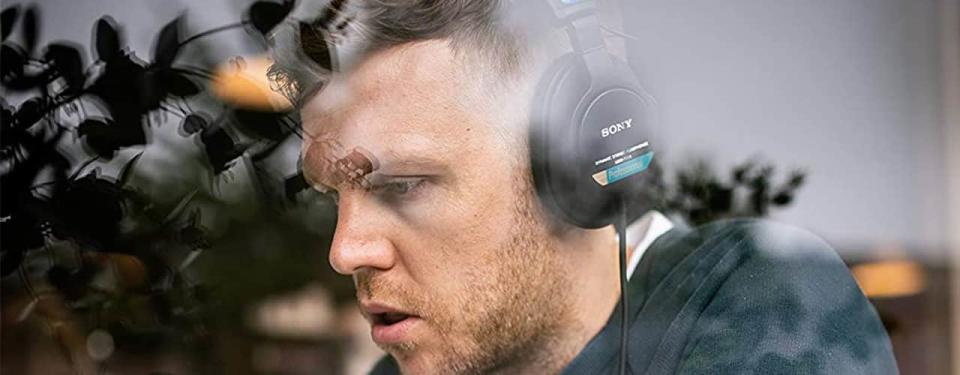
Now that you’ve gotten your music-making essentials squared away, the next step is figuring out how you plan on listening to your project and monitoring the mix. The ideal studio setup should have both headphones as well as studio monitors, but you can get away with just using one or the other for as long as you need — plenty of producers do!
Headphones can be used at every step of your production process, or you can switch out your monitors for headphones to make sure that your mix sounds just as good. No matter what you plan on doing with them, a solid pair of reference-ready cans will run you a fraction of the average cost of decent studio monitors. Headphones are the ideal starting point for cash-strapped beginners, those who live in shared spaces and anyone who produces in rooms with boomy/echoing acoustics.
Here are a few tried-and-true budget-friendly studio headphones:
Sennheiser HD 206 Over-Ear Headphones — Sale Price: $29.90 | Reg. Price: $39.95
Sony MDR7506 Large Diaphragm Headphones — Reg. Price: $99.99
Audio-Technica ATH-M50X Professional Studio Monitor Headphones — Reg. Price: $149
Studio monitors aren’t a prerequisite for musical talent and killer production, but they are an invaluable tool for referencing your mix and figuring out exactly which track is making that dreadful sound. Even the best headphones can subtly compress and color your sound, whereas studio monitors reproduce your sound and stereo image accurately. On top of these practical perks, there’s something to be said for the sheer joy of filling the room with your own creations and feeling the sound waves for yourself.
You might not get your money’s worth if you settle for no-name cheap monitors. Avoid that disappointment and annoying return process and check out these popular low-cost studio monitors instead:
PreSonus Eris Near Field Studio Monitor (Pair) — Reg. Price: $99.95
IK Multimedia iLoud Micro Monitors — Reg. Price: $299.99
M-Audio BX5 D3 Active Studio Monitor — Reg. Price: $149
4. Microphone
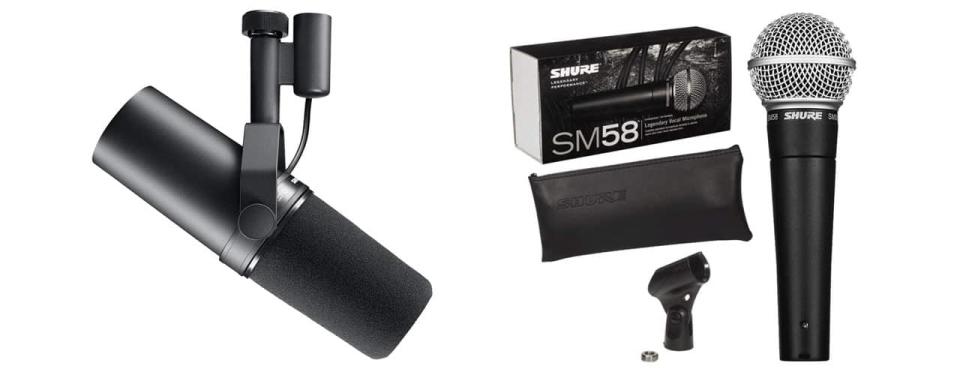
The importance of a microphone is variable. Some producers will rarely if ever need them, while others use their own recordings on every track. The difference primarily boils down to genre and style preference, but you never know when you might want to record your own effects and percussive elements.
Not all microphones are created equally. Brightened condenser microphones with a wide dynamic range and bass roll-off are must-haves for vocalists, while producers who record and utilize field recordings might want a microphone that retains a “true” sound with minimal processing. If you have no idea what any of this means and you just want a serviceable anytime microphone, you can’t go wrong with a simple cardioid pattern dynamic mic.
Our top picks:
Shure SM-58 Cardioid Dynamic Vocal Microphone (Open Box) — Reg. Price: $89
Shure SM7B Vocal Microphone — Sale Price: $399 | Reg. Price: $499
Rode M5-MP Matched Pair Cardioid Condenser Microphones — Sale Price: $197.30 | Reg. Price: $217.90
5. Audio Interface
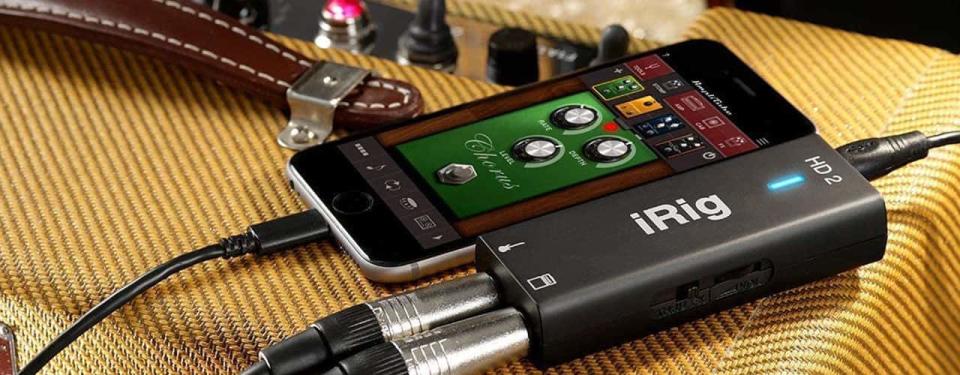
Unless you are planning on strictly using samples and digital instruments like soft synths, you’re going to need an audio interface sooner or later. An audio interface is a tool that allows you to record and control sounds from external sources inside of your DAW, which is crucial for any instrumentalist or vocalist.
If you’re a novice producer who doesn’t plan on routing a ton of instruments through the interface, you have a hearty selection of reputable two-channel interfaces to choose from.
Focusrite Scarlett Solo (3rd Gen) — Sale Price: $119.99 | Reg. Price: $149.99
IK Multimedia iRig 2 — Reg. Price: $99.99
Those looking for interfaces with more inputs and higher sample rate and max resolution specs may need to spend a little more money. There are plenty of solid options to choose from at the sub $200 price range, so your decision mostly hinges on what exactly you’re looking for.
PreSonus Studio 24c — Reg. Price: $169.95
Mackie Onyx Audio Interface — Reg. Price: $125
Tips for Finding Home Studio Equipment Deals
You know what your home studio needs and how much you’re willing to spend on it — now it’s time to start hunting for audio equipment deals. Music production is not exactly known for its low cost of entry, so getting the best prices on studio equipment requires a bit of patience and research skills.
Luckily, you have plenty of money-saving resources at your disposal. Next time you shop for new gear, remember these savings tips and best practices:
1. Browse used equipment on legitimate resale marketplace sites. Marketplace sites like Reverb and Sweetwater’s Used Gear Marketplace are jam-packed with heavily discounted used instruments, controllers and other studio staples. It’s not a bad idea to buy equipment on eBay and Facebook Marketplace, but there is significantly less quality control and oversight – you might spot some incredible deals, but remember to use your best judgment when a listing looks slightly too good to be true.
2. Buy the previous generation. Unless you’re already producing on a professional level, you probably don’t need a brand new 36 channel interface or the shiniest, newest analog synthesizer. Unlike fast-paced tech categories like smartphones and laptops, it’s still pretty easy to buy new versions of last-generation studio equipment (and even easier to buy used ones).
3. Get creative. By nature, music is all about creativity! If you can’t afford a MIDI controller, most DAWs allow you to customize your own keyboard commands, so you can use your computer keyboard to play instruments and control parameters. No microphone? If these professional musicians can record and compose entire albums on an iPhone, you can too. Studio equipment exists to make your production process easier, but you are the sole arbiter of your creative output.
4. Use Slickdeals to compare past deals. Home studio components might not be the most popular category on Slickdeals, but our users post unbeatable MIDI controllers and audio interface deals all the time. You can use the search function to research past deals and get a better sense of what a good deal looks like. If you’re waiting for a certain product to go on sale, you can always set a Deal Alert — we’ll let you know when a deal pops up.
More to consider:
BlockFi Promo: New Crypto Customers Earn a $250 Bitcoin Bonus in August
Stop Overpaying for Shows and Get on These Streaming Bundles
‘Free’ Sam’s Club Annual Membership Deal Is Back and Even Better
Our editors strive to ensure that the information in this article is accurate as of the date published, but please keep in mind that offers can change. We encourage you to verify all terms and conditions of any product before you apply.


